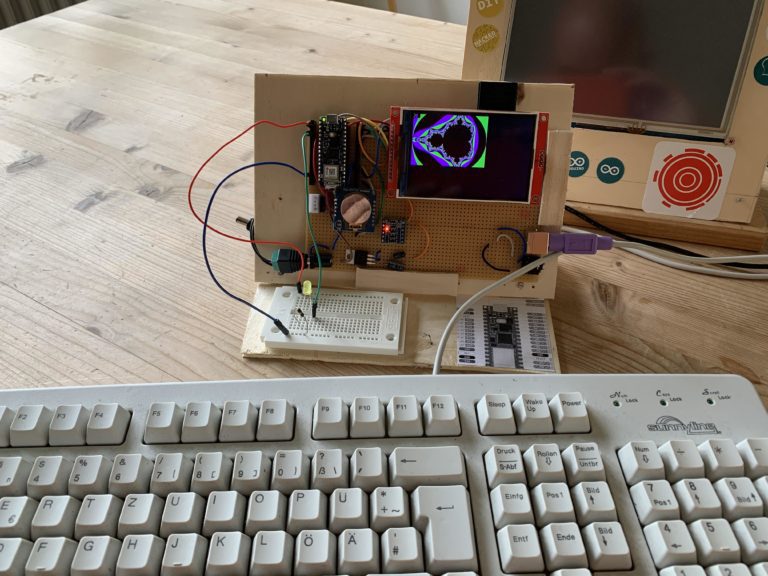Schlagwort: BASIC Computer
-

Standalone Arduino Nano RP2040 Connect-controlled computer runs BASIC for IoT development
Reading Time: 3 minutesIf you’re more than 30 years old, then there is a good chance that BASIC (Beginners’ All-purpose Symbolic Instruction Code) was the first programming language you used. Many early computers shipped with a BASIC interpreter in firmware, so it was the first thing users saw when they booted up their computer. While…
-

eMBee ONE turns an Arduino and an Altoids tin into an ’80s-style pocket computer
Reading Time: 2 minuteseMBee ONE turns an Arduino and an Altoids tin into an ’80s-style pocket computer Arduino Team — February 9th, 2021 Matthew Begg wanted a pocket computer that had some of the charm of his 1980s vintage Casio FX-730P, so he decided to build his own. His prototype device uses an Arduino Nano to…

